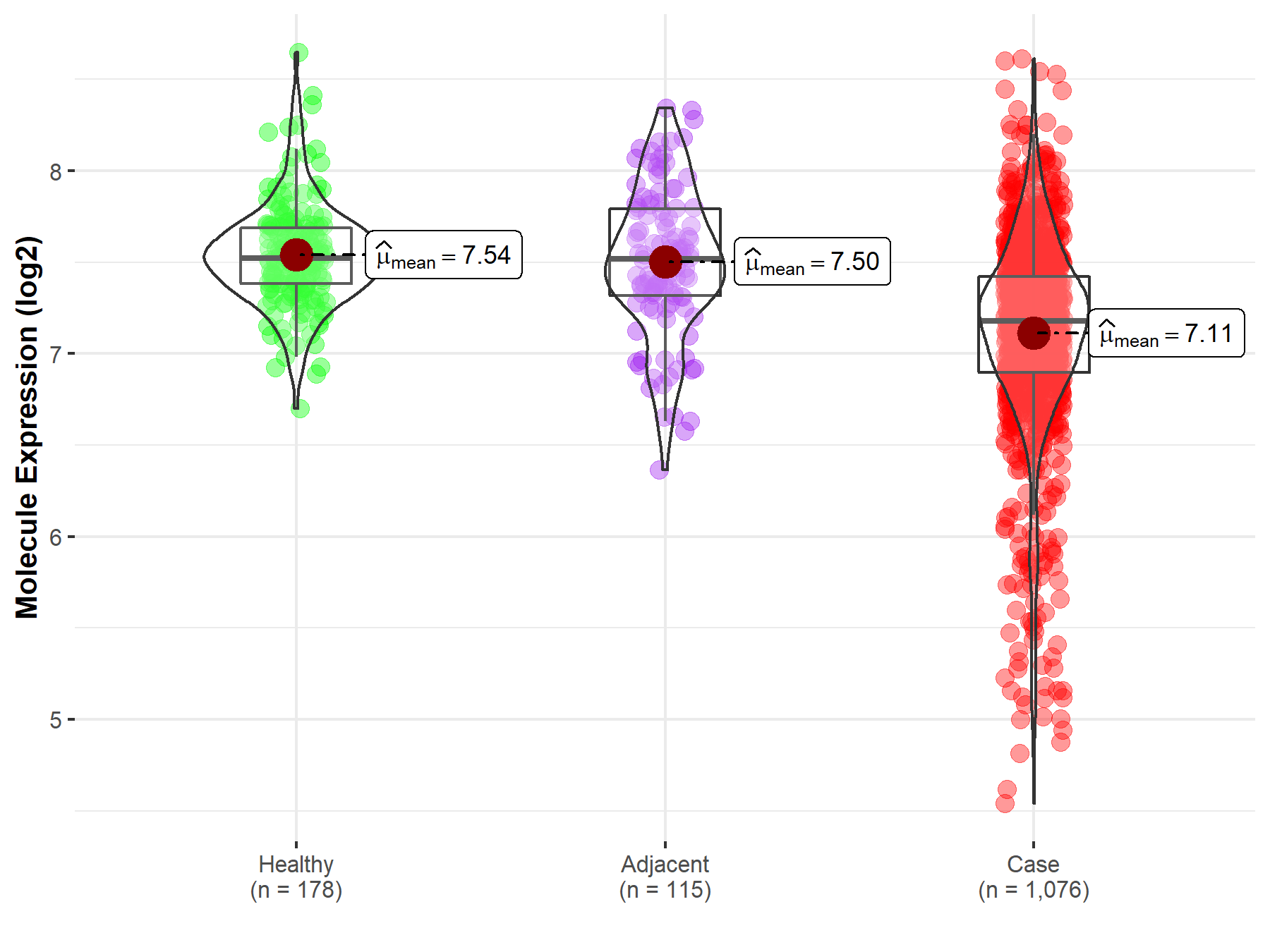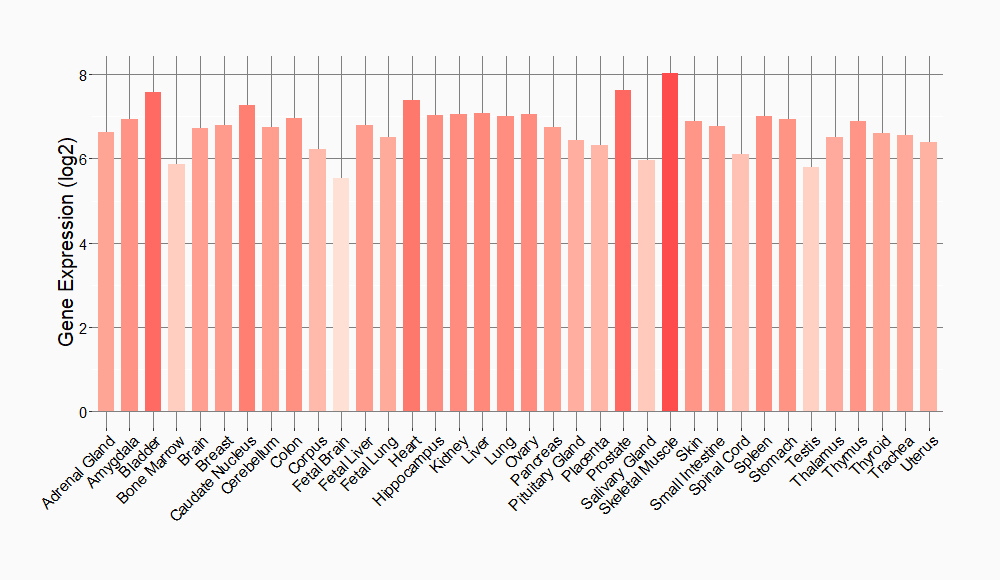Molecule Information
General Information of the Molecule (ID: Mol00609)
| Name |
Rho-associated protein kinase 2 (ROCK2)
,Homo sapiens
|
||||
|---|---|---|---|---|---|
| Synonyms |
Rho kinase 2; Rho-associated; coiled-coil-containing protein kinase 2; Rho-associated; coiled-coil-containing protein kinase II; ROCK-II; p164 ROCK-2; KIAA0619
Click to Show/Hide
|
||||
| Molecule Type |
Protein
|
||||
| Gene Name |
ROCK2
|
||||
| Gene ID | |||||
| Location |
chr2:11179759-11348330[-]
|
||||
| Sequence |
MSRPPPTGKMPGAPETAPGDGAGASRQRKLEALIRDPRSPINVESLLDGLNSLVLDLDFP
ALRKNKNIDNFLNRYEKIVKKIRGLQMKAEDYDVVKVIGRGAFGEVQLVRHKASQKVYAM KLLSKFEMIKRSDSAFFWEERDIMAFANSPWVVQLFYAFQDDRYLYMVMEYMPGGDLVNL MSNYDVPEKWAKFYTAEVVLALDAIHSMGLIHRDVKPDNMLLDKHGHLKLADFGTCMKMD ETGMVHCDTAVGTPDYISPEVLKSQGGDGFYGRECDWWSVGVFLYEMLVGDTPFYADSLV GTYSKIMDHKNSLCFPEDAEISKHAKNLICAFLTDREVRLGRNGVEEIRQHPFFKNDQWH WDNIRETAAPVVPELSSDIDSSNFDDIEDDKGDVETFPIPKAFVGNQLPFIGFTYYRENL LLSDSPSCRETDSIQSRKNEESQEIQKKLYTLEEHLSNEMQAKEELEQKCKSVNTRLEKT AKELEEEITLRKSVESALRQLEREKALLQHKNAEYQRKADHEADKKRNLENDVNSLKDQL EDLKKRNQNSQISTEKVNQLQRQLDETNALLRTESDTAARLRKTQAESSKQIQQLESNNR DLQDKNCLLETAKLKLEKEFINLQSALESERRDRTHGSEIINDLQGRICGLEEDLKNGKI LLAKVELEKRQLQERFTDLEKEKSNMEIDMTYQLKVIQQSLEQEEAEHKATKARLADKNK IYESIEEAKSEAMKEMEKKLLEERTLKQKVENLLLEAEKRCSLLDCDLKQSQQKINELLK QKDVLNEDVRNLTLKIEQETQKRCLTQNDLKMQTQQVNTLKMSEKQLKQENNHLMEMKMN LEKQNAELRKERQDADGQMKELQDQLEAEQYFSTLYKTQVRELKEECEEKTKLGKELQQK KQELQDERDSLAAQLEITLTKADSEQLARSIAEEQYSDLEKEKIMKELEIKEMMARHKQE LTEKDATIASLEETNRTLTSDVANLANEKEELNNKLKDVQEQLSRLKDEEISAAAIKAQF EKQLLTERTLKTQAVNKLAEIMNRKEPVKRGNDTDVRRKEKENRKLHMELKSEREKLTQQ MIKYQKELNEMQAQIAEESQIRIELQMTLDSKDSDIEQLRSQLQALHIGLDSSSIGSGPG DAEADDGFPESRLEGWLSLPVRNNTKKFGWVKKYVIVSSKKILFYDSEQDKEQSNPYMVL DIDKLFHVRPVTQTDVYRADAKEIPRIFQILYANEGESKKEQEFPVEPVGEKSNYICHKG HEFIPTLYHFPTNCEACMKPLWHMFKPPPALECRRCHIKCHKDHMDKKEEIIAPCKVYYD ISTAKNLLLLANSTEEQQKWVSRLVKKIPKKPPAPDPFARSSPRTSMKIQQNQSIRRPSR QLAPNKPS Click to Show/Hide
|
||||
| Function |
Protein kinase which is a key regulator of actin cytoskeleton and cell polarity. Involved in regulation of smooth muscle contraction, actin cytoskeleton organization, stress fiber and focal adhesion formation, neurite retraction, cell adhesion and motility via phosphorylation of ADD1, BRCA2, CNN1, EZR, DPYSL2, EP300, MSN, MYL9/MLC2, NPM1, RDX, PPP1R12A and VIM. Phosphorylates SORL1 and IRF4. Acts as a negative regulator of VEGF-induced angiogenic endothelial cell activation. Positively regulates the activation of p42/MAPK1-p44/MAPK3 and of p90RSK/RPS6KA1 during myogenic differentiation. Plays an important role in the timely initiation of centrosome duplication. Inhibits keratinocyte terminal differentiation. May regulate closure of the eyelids and ventral body wall through organization of actomyosin bundles. Plays a critical role in the regulation of spine and synaptic properties in the hippocampus. Plays an important role in generating the circadian rhythm of the aortic myofilament Ca(2+) sensitivity and vascular contractility by modulating the myosin light chain phosphorylation.
Click to Show/Hide
|
||||
| Uniprot ID | |||||
| Ensembl ID | |||||
| HGNC ID | |||||
| Click to Show/Hide the Complete Species Lineage | |||||
Type(s) of Resistant Mechanism of This Molecule
Drug Resistance Data Categorized by Drug
Approved Drug(s)
2 drug(s) in total
| Drug Sensitivity Data Categorized by Their Corresponding Mechanisms | ||||
|
|
||||
| Disease Class: Non-small cell lung cancer | [1] | |||
| Sensitive Disease | Non-small cell lung cancer [ICD-11: 2C25.Y] | |||
| Sensitive Drug | Cisplatin | |||
| Molecule Alteration | Expression | Down-regulation |
||
| Experimental Note | Identified from the Human Clinical Data | |||
| Cell Pathway Regulation | Cell invasion | Inhibition | hsa05200 | |
| Cell migration | Inhibition | hsa04670 | ||
| In Vitro Model | A549 cells | Lung | Homo sapiens (Human) | CVCL_0023 |
| NCl-H596 cells | Lung | Homo sapiens (Human) | CVCL_1571 | |
| NCI-H520 cells | Lung | Homo sapiens (Human) | CVCL_1566 | |
| NCI-460 cells | Lung | Homo sapiens (Human) | CVCL_0459 | |
| Experiment for Molecule Alteration |
Western blot analysis | |||
| Experiment for Drug Resistance |
Transwell migration assay; MTS assay | |||
| Mechanism Description | Low miR-101 expression promotes EMT in cisplatin-resistant NSCLC cells. ROCk2 was the direct target of miR-101 and that ROCk2 overexpression reversed miR-101-mediatedEMT and cisplatin resistance in NSCLC cells. ROCk2 protein levels were inversely correlated with miR-101 levels in NSCLC tissue samples and that low miR-101 expression was correlated with poor survival time. | |||
| Drug Sensitivity Data Categorized by Their Corresponding Mechanisms | ||||
|
|
||||
| Disease Class: Cholangiocarcinoma | [2] | |||
| Sensitive Disease | Cholangiocarcinoma [ICD-11: 2C12.0] | |||
| Sensitive Drug | Fluorouracil | |||
| Molecule Alteration | Expression | Down-regulation |
||
| Experimental Note | Identified from the Human Clinical Data | |||
| Cell Pathway Regulation | Cell migration | Inhibition | hsa04670 | |
| In Vitro Model | QBC939 cells | Bile duct | Homo sapiens (Human) | CVCL_6942 |
| TFk-1 cells | Bile duct | Homo sapiens (Human) | CVCL_2214 | |
| In Vivo Model | BALB/c nude mouse xenograft model | Mus musculus | ||
| Experiment for Molecule Alteration |
Northern blotting analysis | |||
| Experiment for Drug Resistance |
WST cell counting kit-8 | |||
| Mechanism Description | miR-200b/c influenced the tumourigenesis of cholangiocarcinoma cells including their tumour-initiating capacity, sphere formation, and drug resistance (like fluorouracil). We further found that miR-200b/c regulated migration and invasion capacities by directly targeting rho-kinase 2 and regulated tumorigenic properties by directly targeting SUZ12 (a subunit of a polycomb repressor complex). | |||
Disease- and Tissue-specific Abundances of This Molecule
ICD Disease Classification 02

| Differential expression of molecule in resistant diseases | ||
| The Studied Tissue | Liver | |
| The Specified Disease | Liver cancer | |
| The Expression Level of Disease Section Compare with the Healthy Individual Tissue | p-value: 1.95E-10; Fold-change: 4.14E-01; Z-score: 1.28E+00 | |
| The Expression Level of Disease Section Compare with the Adjacent Tissue | p-value: 4.79E-39; Fold-change: 3.91E-01; Z-score: 1.71E+00 | |
| The Expression Level of Disease Section Compare with the Other Disease Section | p-value: 1.00E-01; Fold-change: 2.90E-01; Z-score: 9.12E-01 | |
|
Molecule expression in the normal tissue adjacent to the diseased tissue of patients
Molecule expression in the diseased tissue of patients
Molecule expression in the normal tissue of healthy individuals
Molecule expression in tissue other than the diseased tissue of patients
|
||
| Disease-specific Molecule Abundances |

|
Click to View the Clearer Original Diagram |
| Differential expression of molecule in resistant diseases | ||
| The Studied Tissue | Lung | |
| The Specified Disease | Lung cancer | |
| The Expression Level of Disease Section Compare with the Healthy Individual Tissue | p-value: 1.11E-44; Fold-change: -3.44E-01; Z-score: -1.22E+00 | |
| The Expression Level of Disease Section Compare with the Adjacent Tissue | p-value: 2.73E-17; Fold-change: -3.39E-01; Z-score: -8.41E-01 | |
|
Molecule expression in the normal tissue adjacent to the diseased tissue of patients
Molecule expression in the diseased tissue of patients
Molecule expression in the normal tissue of healthy individuals
|
||
| Disease-specific Molecule Abundances |

|
Click to View the Clearer Original Diagram |
Tissue-specific Molecule Abundances in Healthy Individuals


|
||
References
If you find any error in data or bug in web service, please kindly report it to Dr. Sun and Dr. Zhang.
